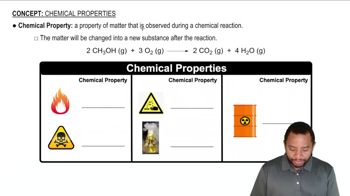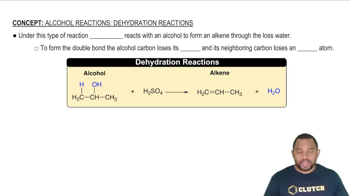Here are the essential concepts you must grasp in order to answer the question correctly.
Corrosion
Corrosion is the electrochemical process where metals, such as iron, react with environmental elements like oxygen and moisture, leading to deterioration. In the case of iron, corrosion typically results in the formation of iron oxides, commonly known as rust. Understanding the conditions that promote corrosion is essential for preventing it and protecting metal structures.
Recommended video:
Electrochemical Reactions
Electrochemical reactions involve the transfer of electrons between chemical species, which can occur in galvanic cells. In the context of iron corrosion, the anode reaction involves the oxidation of iron to iron(II) ions, while the cathode reaction typically involves the reduction of oxygen. These reactions are crucial for understanding how metals corrode and the overall process of electrochemical degradation.
Recommended video:
Anode and Cathode Reactions
In electrochemistry, the anode is the electrode where oxidation occurs, and the cathode is where reduction takes place. For iron corrosion, the anode reaction can be represented as Fe(s) → Fe²⁺(aq) + 2e⁻, indicating the loss of electrons from iron. Conversely, the cathode reaction often involves the reduction of oxygen, such as O₂ + 4e⁻ + 2H₂O → 4OH⁻, which helps to complete the electrochemical circuit and sustain the corrosion process.
Recommended video:
Alcohol Reactions: Dehydration Reactions
 Verified step by step guidance
Verified step by step guidance

